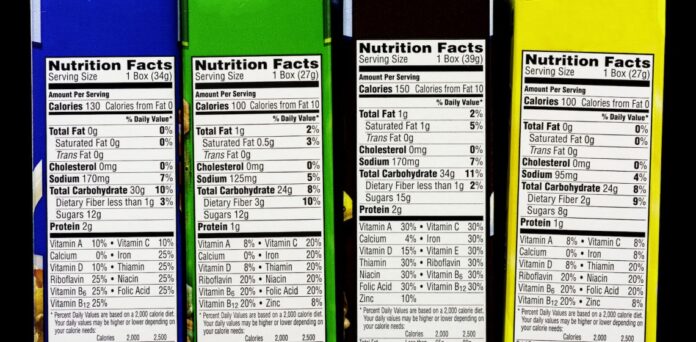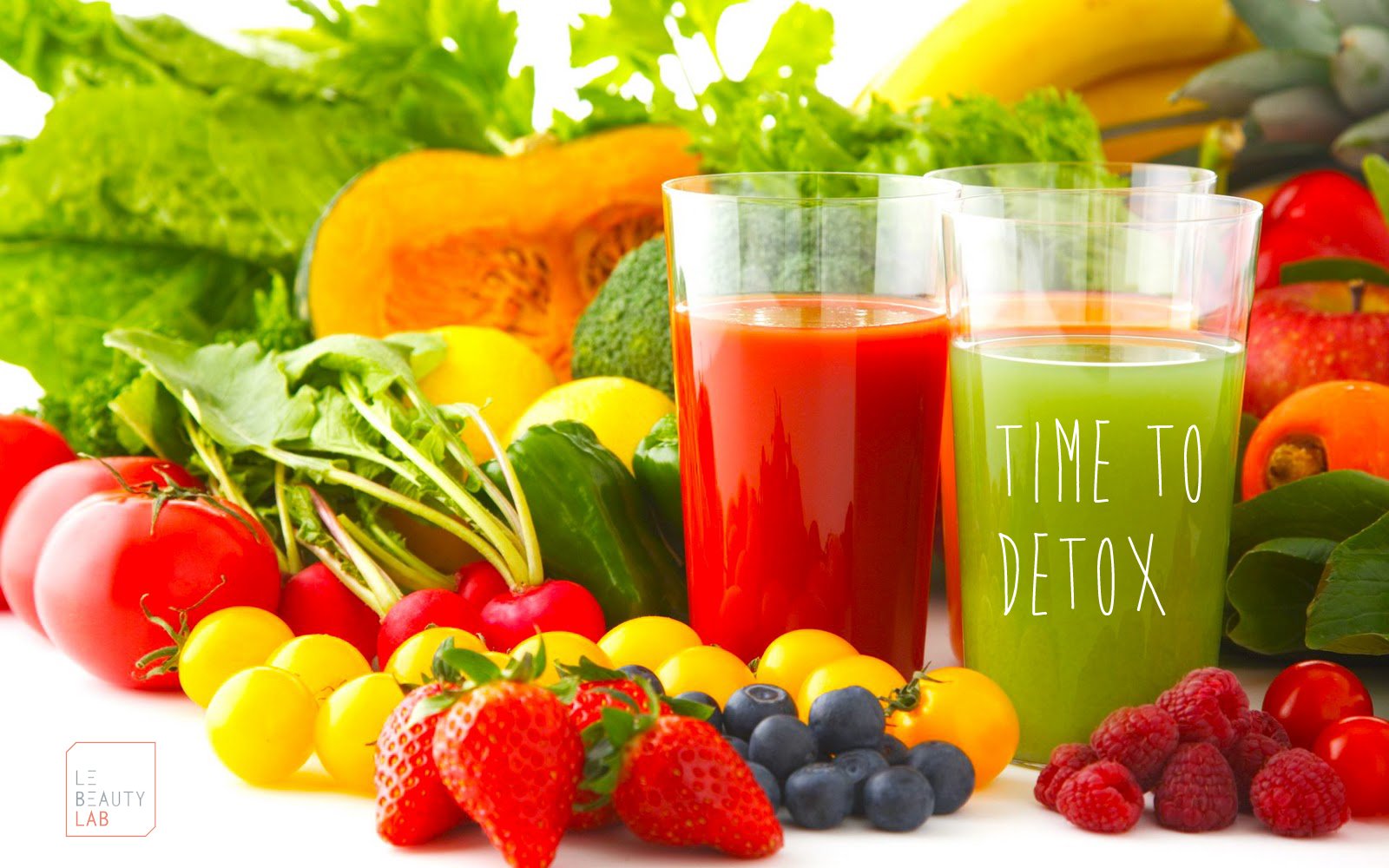To know how nutritious your food is, the most important indicator is the nutrition label. Any expert will tell you the same. Yet when you grab that bag of chips and read the nutritional label, what you can see is gibberish that means nothing to you. But it doesn’t have to be that way as nutrition labels are chock-full of information. How can you know the correct way to judge it, labels included?
Food Label Meanings
The Food and Drug Administration (FDA) in the U. S. A. regulates the terms used on food labels:
- Calorie-free: Less than 5 calories per serving
- Low calorie: 40 calories or less per serving
- Reduced calorie/fat: At least 25 percent less calories/fat than the original product
- Fat-free: Less than 0.5 grams (g) of fat per serving
- Low fat: 3 g or less of fat per serving
- Low sodium: 140 milligrams (mg) or less of sodium per serving
- Very low sodium: 35 mg or less of sodium per serving
- Low cholesterol: 20 mg or less of cholesterol per serving
- Sugar-free: Less than 0.5 g of sugar per serving
- High fiber: Contains 20 percent or more of the recommended Daily Value of fiber per serving
- Serving size
The first step to understanding the nutritional label is the serving size. Before eating your favorite snack, look at the serving size for one packet. That’s how you know exactly how many calories and nutrients you’re getting per serving. Yes, we understand that multi-serving packages can be tricky as you can unknowingly plop down and eat the whole packet with multiple servings. Serving sizes are usually measured out in standard units, like cups. If you measure out one serving before you eat, you’ll be less likely to overindulge.
- Calories
Now this is the tricky part of reading a label. It’s perhaps the most well-known aspect of it, but causes controversy as well. While you may be used to looking at a large number for the calorie count, it’s not the most important aspect of the snack or meal. A healthy snack may have the same amount of calories as a candy bar, but with lower sugar, healthier fats, and the fact that it provides protein and fiber makes it a healthier snack. Also, serving size is also important to note. Even if you see 150 calories on the label but still eat the entire 4-serving box, you may be eating more calories than you intended.
With all that said, don’t get too invested in counting calories as it can lead to eating disorders. Learn to eat mindfully and focus on honoring your body’s needs, fullness cues and savor what you eat.
- Percent daily value
Percent daily value is something we should all focus on so we don’t go above the recommended amount. In fact, this number tells you how much nutrient you will be getting in one serving per day. For instance, if a serving of nuts contains 20 percent of your daily fat, you can figure out how much fat your body likely needs for the rest of the day.
As a general guide:
5 percent or less is low. It’s a decent amount for things you don’t want too much of, like saturated fat, trans fat, cholesterol, sugar, and sodium.
20 percent or more is high. It’s a good amount for nutrients that you do want like vitamins, minerals, and fiber.
- Fats
Nutrition labels list total fat, saturated fat and trans fat. The last two types of fat are what you need to focus on.
Saturated fat is generally found in a burger, hot dog or glass of whole milk. Be careful as eating a lot of foods high in saturated fat increases your risk for heart disease. The American Heart Association itself limits the food intake on saturated fats, recommending no more than 5 or 6 percent of your daily calories from this type of fat.
On the other hand, trans fat is added to processed, packaged foods like crackers and cookies. It’s an artificial fat made by adding hydrogen to vegetable oil to solidify it. Though trans fat makes foods taste good and extends shelf life, it also raises levels of artery-clogging low density lipoprotein (LDL) cholesterol.
No amount of trans fat is OK, which is why the FDA has banned it. But make note that legally, a food is allowed to contain up to 0.5 grams of trans fat per serving to be considered trans fat-free. Code words like “partially hydrogenated oil” should be limited from your diet as much as you can.
Cholesterol is also something you should watch out for. This sticky, fatty substance comes from foods like meat, whole milk, shellfish, butter, and egg yolks. Some cholesterol is needed for your body to make hormones and vitamin D, but too much of it can cling to your artery walls and increase your risk for heart disease. Try to aim low when you’re looking at food labels.
- Sodium
Sodium, which is usually found in salt is necessary for our body but too much can affect your blood pressure. The recommended amount is less than 2,300 milligrams of sodium daily which is about a teaspoon. Yet the case is we usually overindulge on sodium from the packaged and processed foods like pretzels, frozen pizza, and jarred pasta sauce.
What you can do to manage the salt levels is to buy snacks (like granola bars or pretzels) with about less than 300 milligrams of sodium. For meals (like a frozen burrito or canned soup), try to keep it below 700 milligrams.
- Carbs/Carbohydrates
Carbohydrates can be divided into three categories: Sugar, starch, and fiber. Be careful of the first two as it can raise blood sugar. For those with a particular diet or doctor’s recommendations (especially if you have diabetes), you count refined carbs in the total grams on the label as a guide. Yes, carbohydrates can be hard to break down and can contribute to weight gain but people should be including a good amount of complex carbs and whole grains in their diet. Not all carbs are created equal, but eliminating them completely can backfire.
Ideally, carbs should make up about 50 percent of your total caloric intake. If you’re eating 2,000 calories per day, that’s around 250 grams of carbs.
Fiber is one of the ingredients in this list where more is better. Why? Fiber has been proven to slow digestion to help you stay fuller longer and stave off blood sugar spikes, so you’re less likely to crave snacks later. It proves a lot of benefits, which is why the American Heart Association recommends at least 25 grams of daily fiber daily. Consult your doctor for specifics on your needs.
The healthy amount is at least 4 grams of fiber per serving for grains (like whole wheat pasta or mac and cheese) and at least 3 grams of fiber per serving for packaged snacks or breads.
- Sugars
Added sugar is something you want to avoid, as it is what manufacturers put in food products to make it sweeter. These days, labels separate out added sugar and total sugar (natural plus added sugar), and include the percent daily value of added sugar per serving.
Natural sugar is usually found in foods like milk (lactose), and fruit (fructose). Added sugars have many names, but the most common ones are high fructose corn syrup or anything ending in “ose” (like glucose, fructose, sucrose, dextrose, and maltose). Other sources of added sugar like agave nectar, sucanat, molasses, maple syrup, evaporated cane juice, coconut sugar, or brown rice syrup affects the body jus the same. Added sugars affects your body like regular sugar and too much of it can up your risk for obesity and diabetes.
What about artificial sweeteners? If it’s zero-calorie, it won’t be listed as part of the total sugar grams.
Your main goal would be to look for food that contains fewer grams of sugar than fiber. Other than that, try to get no more than 10 percent of your total daily calories from the sweet stuff.
Protein is a part of everything that happens in your body. You need it for energy, growth, cell repair, and more. It is usually found in animal sources like meat, fish, and poultry as well as beans, nuts, and seeds. In general, eating protein is healthy though there is such a thing as eating too much protein. Look for snacks with 5 to 10 grams of protein to help keep you satisfied.






